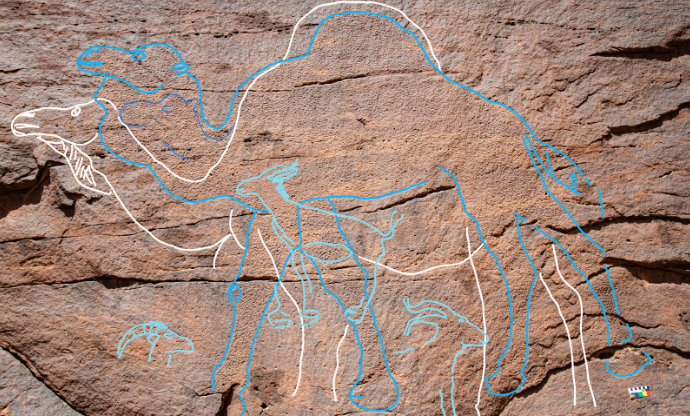Life-size rock art points the way to oldest human inhabitants of Saudi Arabia — and the desert oases they used
PositiveScience

Archaeologists in Saudi Arabia have made a remarkable discovery of life-size rock art engravings that date back over 12,000 years, shedding light on the region's earliest human inhabitants and the desert oases they relied on. This find is significant as it not only enhances our understanding of ancient human life in the Arabian Peninsula but also highlights the cultural and historical importance of these artworks, offering a glimpse into the past and the connection between humans and their environment.
— via World Pulse Now AI Editorial System